With more than 450 years of history, the Royal Dutch Mint has undergone major changes since it became a private company in 2016. To mark the change, the new owners decided to create a landmark building to house the Mint’s production facilities and administration. Utrecht (the Netherlands) has been home to the Mint since its foundation in 1567, but finding a site in the city proved impossible. An industrial site in Houten (about 15 kilometres south of Utrecht) was eventually chosen. Wastiau & Co and Wil-Ma, a collaboration of two architectural firms from Belgium, designed a very functional building with a spectacular outer skin made from high-gloss Granite® Silky Shine from ArcelorMittal Europe – Flat Products.

The Mint building is essentially a concrete safe behind a Granite® Silky Shine facade. Security was a very important part of the project as the Royal Dutch Mint produces coins and medals. The facade is made from Isis 55-120/7 profiles which were selected in consultation between the architects and ArcelorMittal. The profiles were manufactured by ArcelorMittal’s Specials department in Tiel (the Netherlands).

“To create a sustainable world we need to ensure production and logistics facilities are close to where people live,” says architect W. Allen Zimmerman. “But that requires us to construct buildings in a way that minimises disruption for residents and enhances the sustainability of their lives.”
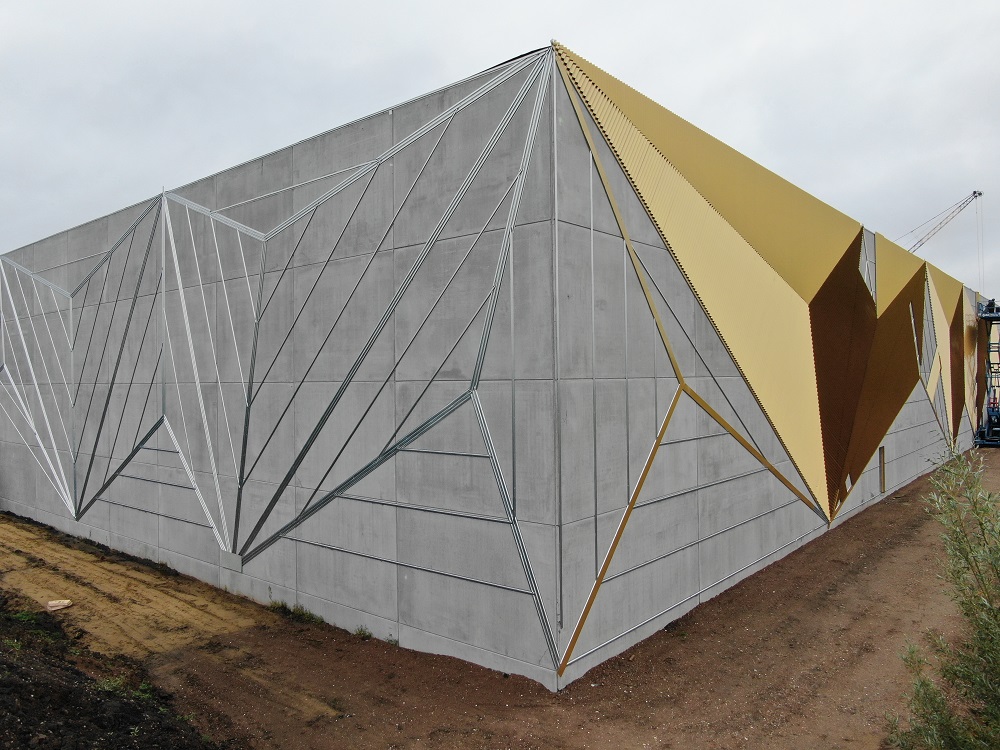
By using a steel facade, the amount of work on-site could be minimised, notes W. Allen Zimmerman: “With the Granite® Silky Shine facade, almost everything could be prefabricated off-site. It was cleaner and less noisy and reduced the disruption to the local community. These environmental aspects are very important and are often overlooked in the collaboration between architect and steel supplier.”
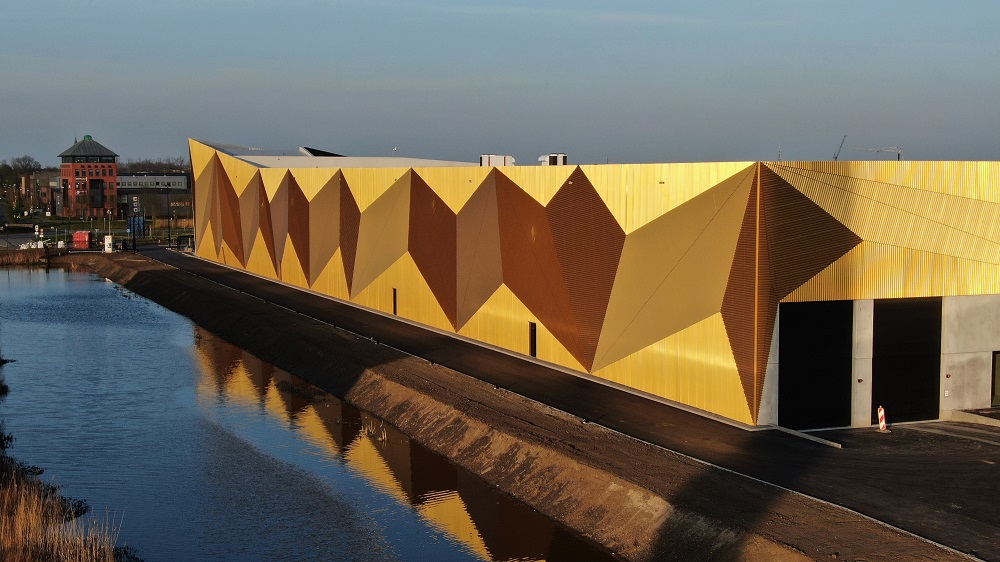
The 3D effect is heightened because every triangle of the facade is at a different angle to its neighbours
“We knew that getting the colour right was important,” says W. Allen Zimmerman. “That’s why we asked ArcelorMittal for a high-gloss finish to maximise the play of light and shadow on the building and the reflections in the water.”
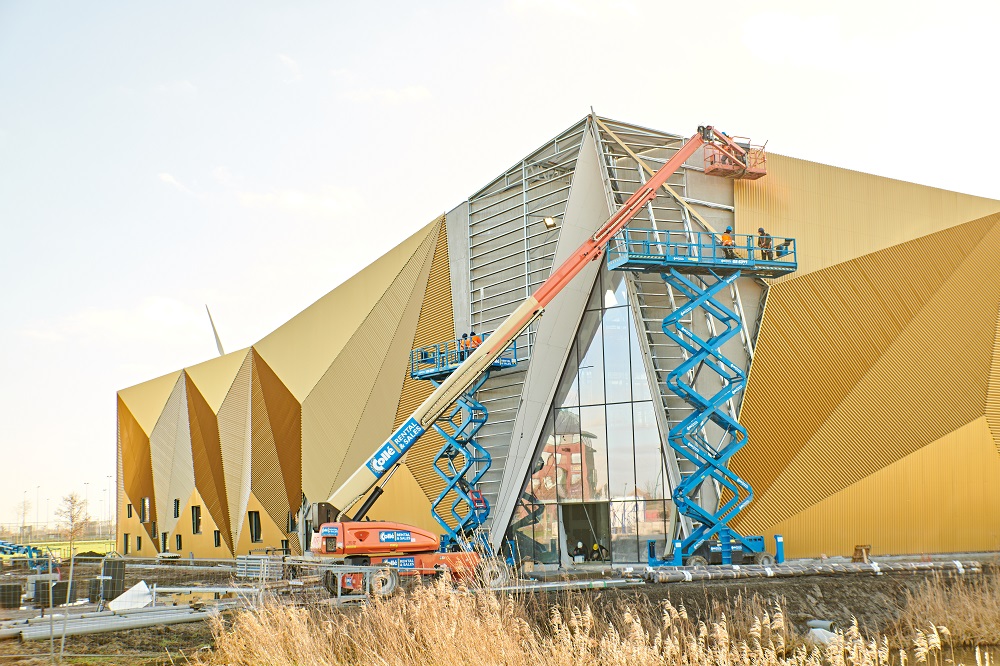
By using steel, the amount of work on-site could be minimised
The Granite® Silky Shine facade is attached to the concrete building using a substructure made with Magnelis® from ArcelorMittal Europe – Flat Products. Magnelis® has a very dense surface which protects the underlying steel substrate against corrosion – even on cut edges. The metallic coating can replace traditional post-galvanised coatings used on facade elements such as support brackets, and steel has a lower thermal conductivity than aluminium. Magnelis® also contains less zinc than traditional galvanised solutions and zinc runoff to the soil is lower.
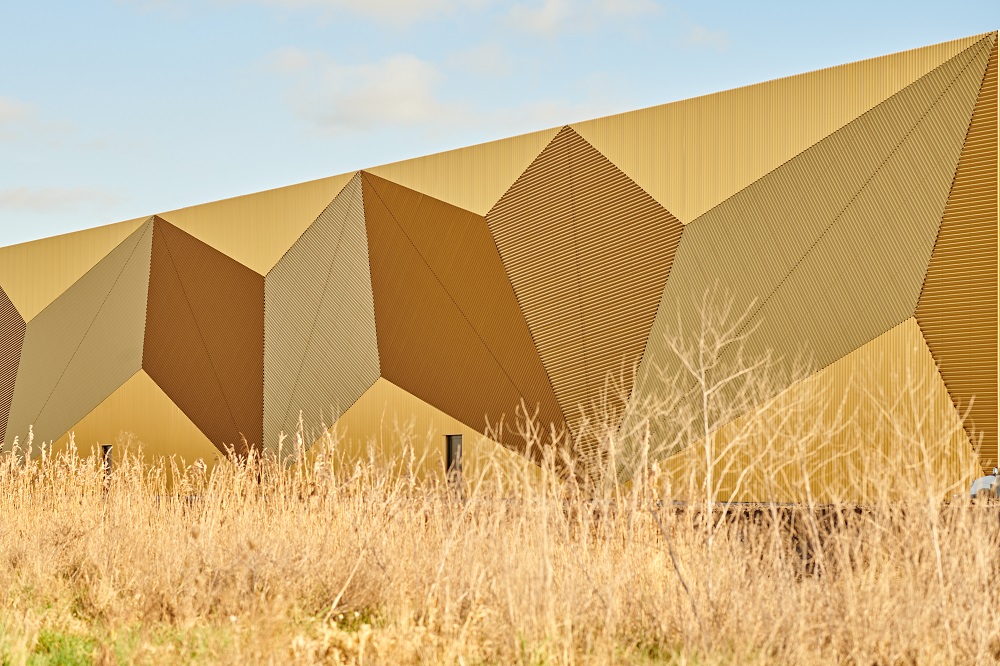
The Mint building accommodates around 60 people who work in production and administration. Thanks to its unique finish, the building has become a big hit on social media sites such as Instagram.
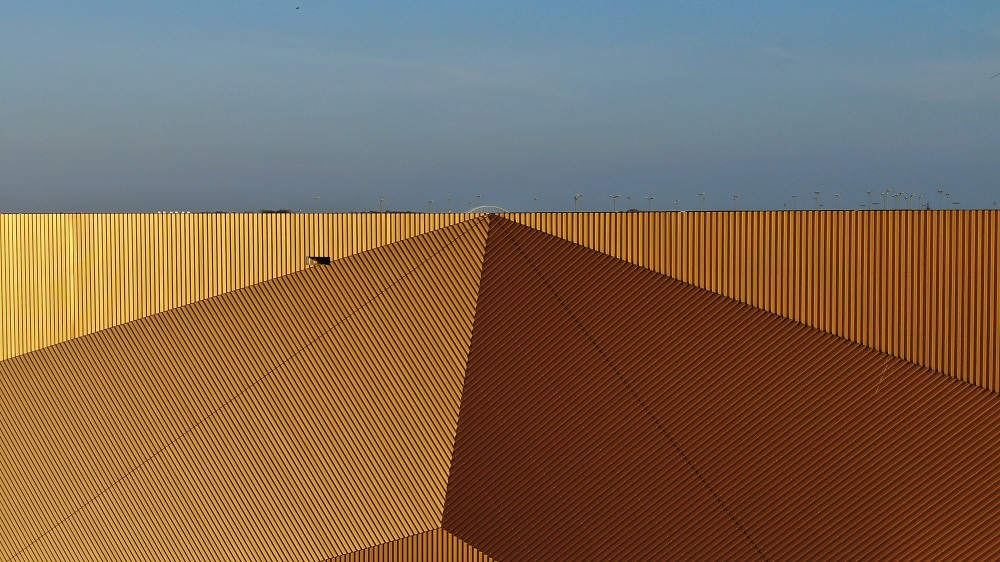
Granite® Silky Shine comes with a standard back coating which will protect the facade for the next 30 years at least
While the main concrete building is fully watertight, the facade is more open. “Granite® Silky Shine comes with a standard back coating which will protect the facade for the next 30 years at least,” says architect W. Allen Zimmerman. “Even if rainwater does get behind the facade, the structure is totally ventilated.”
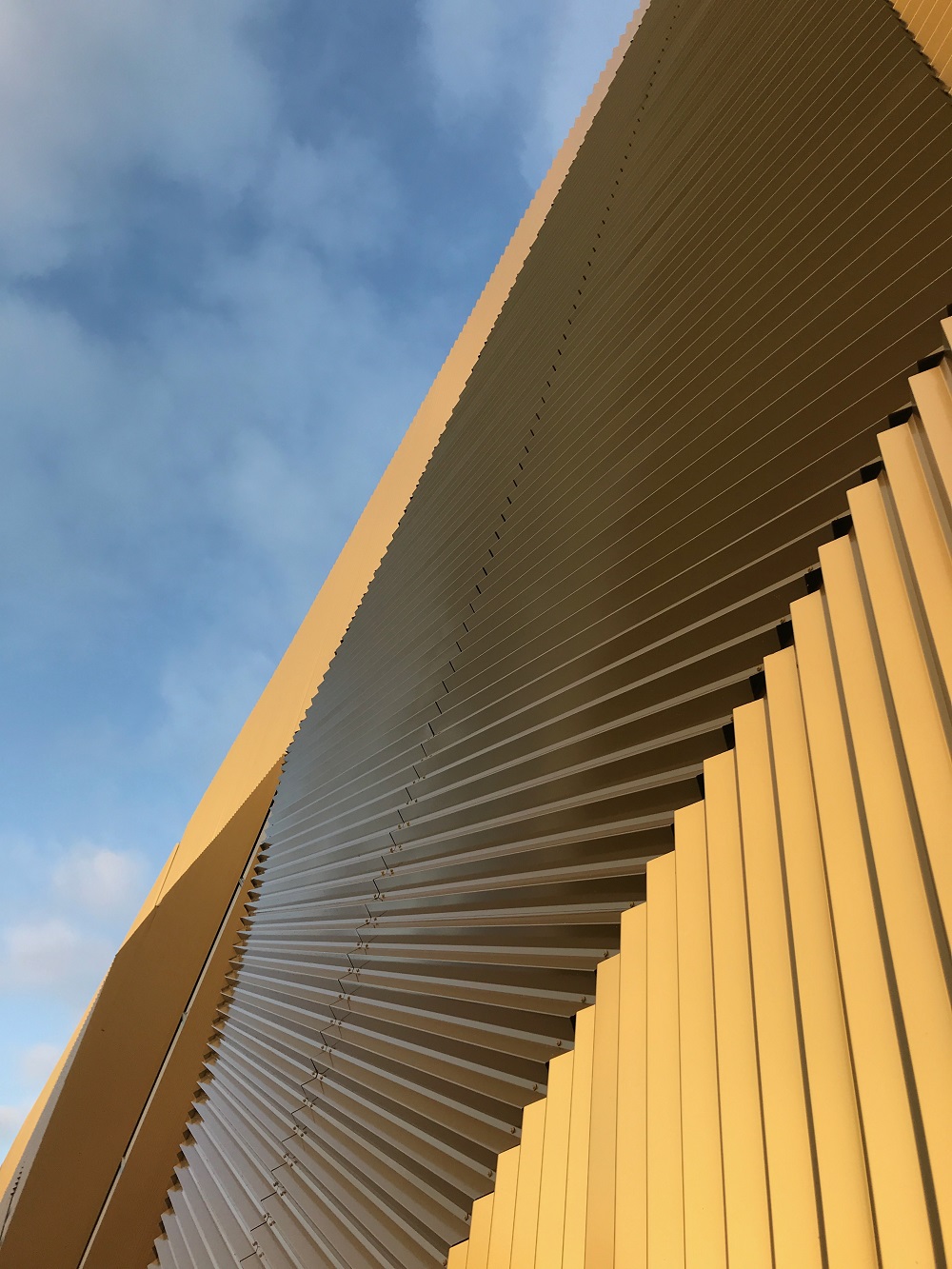
“ArcelorMittal supplied the Granite® Silky Shine with a finish of 80 gloss units (GU),” notes Levi Kleinjan, project adviser for ArcelorMittal Construction Nederland. “Normally organic coated steel is supplied with a coating of between 30 and 40 GU, so this is exceptional. The Granite® Silky Shine Gold was produced in one batch to ensure colour consistency across the whole facade.”
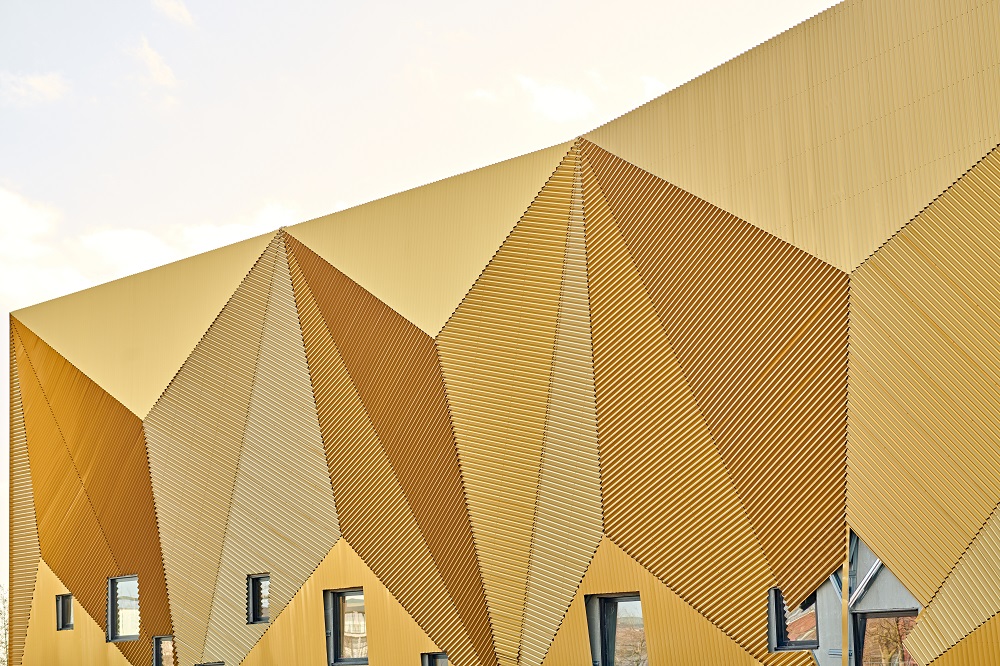
Steel provides uniqueness without compromising the universality of the building
Although Wastiau & Co and Wil-Ma specialise in the design of industrial buildings, the firms are keen to ensure that every project is unique, says W. Allen Zimmerman: “Industrial buildings are typically halls, so it can be hard to create something that is truly different. We had great collaboration and excellent technical support from ArcelorMittal throughout.”
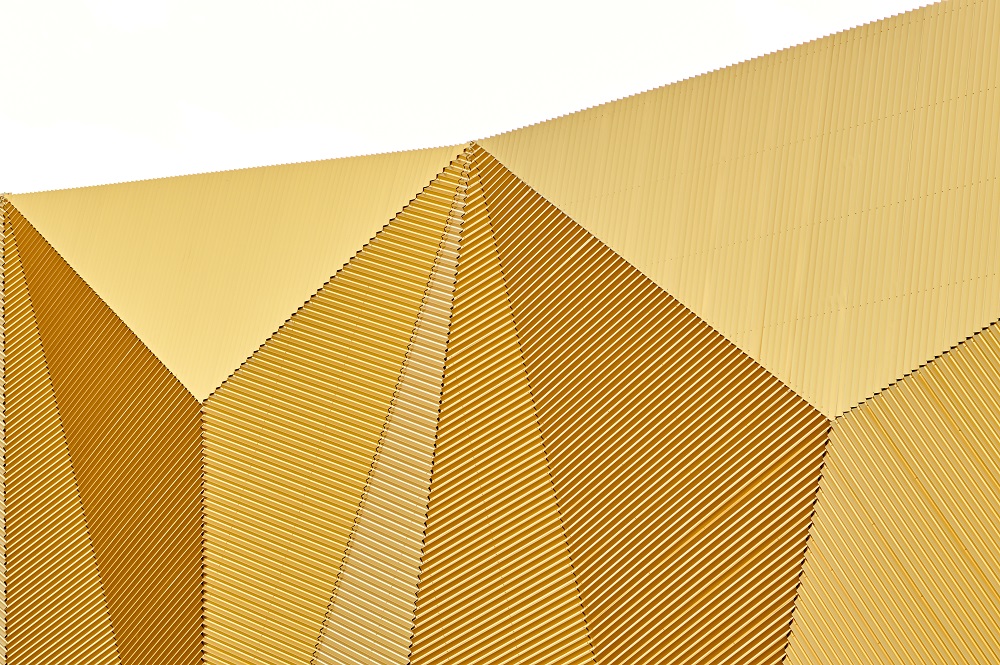
By using a steel facade, a second life can be envisaged for the building. “We hope the Mint continues to use this building for the next 450 years,” says W. Allen Zimmerman. “But if another business does come to use the building, the steel facade can be easily changed and fully recycled. Steel provides uniqueness without compromising the universality of the building.”
Based in Belgium, Wastiau & Co and Wil-Ma specialise in the design of non-residential architecture. The firms visualise ideas and build on them in close consultation with the customer. This synergy results in a unique form of functional planning and remarkable architecture. All designs are implemented to the highest standards of quality and within the timeframe and budget agreed.
More info: wastiau.be and wil-ma.com
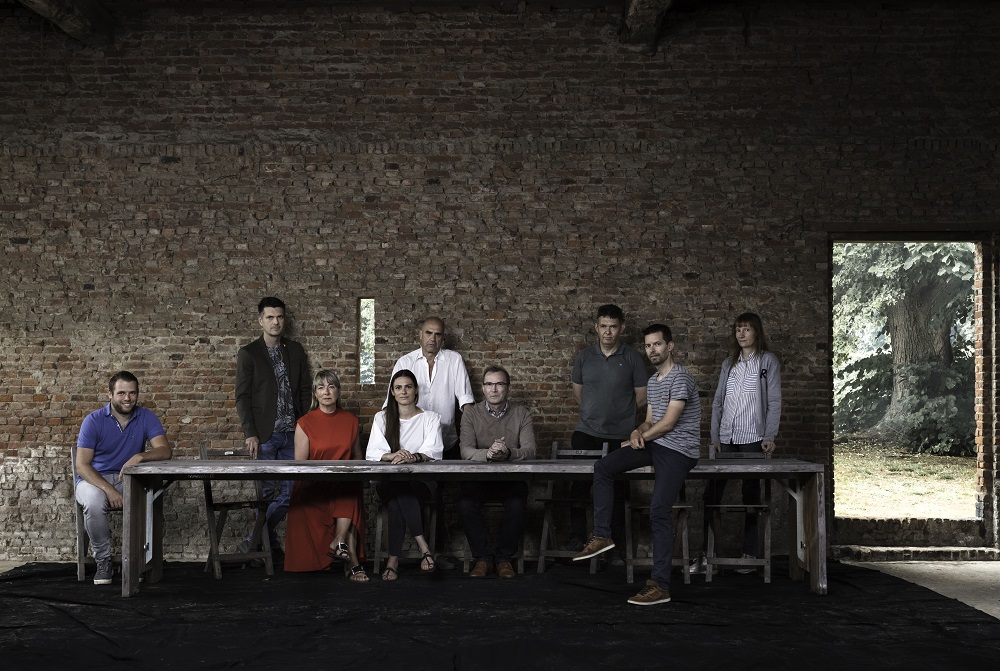
The Wastiau & Co team

The Wil-Ma team

Wastiau & Co and Wil-Ma use a combined logo for joint projects
Copyright images: SWAD Video, Pawel Knebel, LT Photography, Wastiau & Co and Wil-Ma (photographer: Wim Carens), and ArcelorMittal
Copyright video: SWAD Video for ArcelorMittal